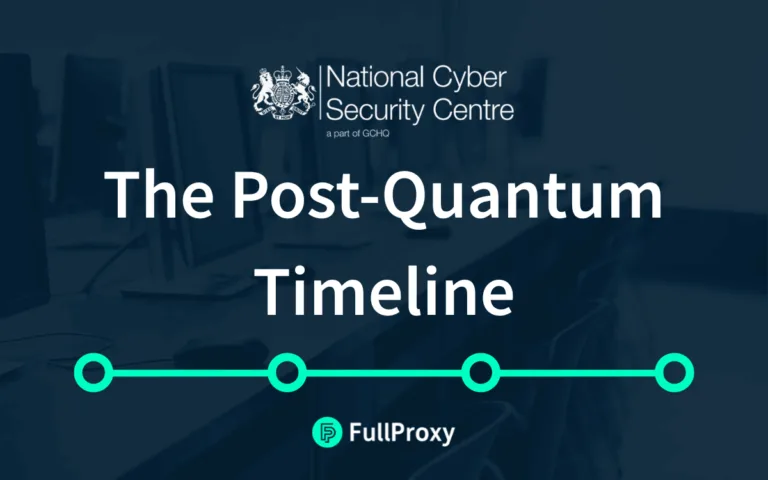Technology is developing at a rapid rate and with data being shared every second the importance of protecting your data cannot be understated. Whether it’s threat intelligence, incident response information or effective data sharing, these elements all play a pivotal role in securing your infrastructure. However, this should be approached effectively to prevent sensitive data from being leaked and from your company being breached by hackers. In this blog, we will share our top tips on sharing data and outline best practices.
Understand the Importance of data sharing
Sharing data is not just a means of exchanging information; it’s a collaborative effort to collectively combat cyber threats. Organisations and security professionals must recognise the mutual benefits of sharing relevant data. By pooling resources and insights, the cyber security community can proactively address emerging threats, vulnerabilities, and attack techniques.
Identify what to share and what to keep private
Determining what information to share and what to keep confidential is a crucial step. While indicators of compromise, threat intelligence, and best practices can be shared, sensitive details such as user credentials, proprietary algorithms, and internal infrastructure specifics should remain confidential to prevent cybercriminals from gaining access to your data.
One essential step in safeguarding data is to have a well-defined policy for classifying and labelling it appropriately. This policy should not only dictate how data should be classified but also specify who can share classified documents and with whom. There are automated systems that can simplify this process. Email applications like Outlook, for instance, now offer features that can prevent the sharing of documents above a certain classification externally, adding an extra layer of security to your data management.
Establish trusted channels
Use trusted and secure communication channels. Encrypted email, secure messaging platforms, and encrypted file-sharing services should be employed to transmit sensitive information. Avoid using public or unsecured networks for sharing data, as they could be vulnerable to attacks, especially if you’re working on the go, avoid connecting to Wifi on Public transport.
Implement encryption
Encryption should be a non-negotiable aspect when it comes to protecting your data. This ensures that only authorised parties with the appropriate decryption keys can access the shared data. With the emphasis therefore being on your decryption keys, take appropriate steps to secure them, making use of technology such as a Hardware Security Module (HSM).
Adhere to data retention policies
Data shared for threat intelligence should have clear expiration dates. Establish data retention policies that dictate how long the shared information will remain relevant and useful. Use authenticated time-based links to share data so links are no longer valid after the expiration date or when access is revoked. This prevents outdated or irrelevant data from cluttering the cyber security landscape.
Share anonymously if necessary
In the relevant circumstances, when sharing sensitive information or whistleblowing on vulnerabilities, consider using anonymous channels. This can protect your identity and allow you to share critical information without fear of retribution.
Consider Context
Provide context when sharing data. Explain the significance of shared information, the threat it poses, and potential mitigation strategies. Contextual information helps recipients make informed decisions about how to respond to the shared data.
Prioritise compliance with regulations
Before sharing data, ensure that it complies with relevant regulations, such as data protection laws and industry standards. This is particularly important when sharing data across borders or with external partners.
Collaborate ethically
Ethics plays a vital role in data sharing. Responsibly share information, avoiding actions that could harm other organisations or individuals. Respect intellectual property rights and give credit to the sources of shared information whenever possible.
The ability to share relevant and timely data is an invaluable tool in the fight against cyber threats. By following the best practices outlined within these tips, organisations and cyber security professionals can contribute to a safer digital ecosystem while safeguarding their sensitive information. Effective data sharing is not just a practice; it’s a commitment to collective security.
FullProxy’s top tips
Our Technical Consultant Stephen Mellon, states “Best practices for data sharing are essential for maintaining the security, privacy, and integrity of data while promoting collaboration and transparency. Whether you’re sharing data within your organisation or with external parties, following these best practices is crucial:
Remember that the specifics of data-sharing best practices may vary depending on your industry, organisation size, and legal requirements. It’s essential to tailor these practices to your unique circumstances and continuously adapt them to evolving data security and privacy threats.”
Interested in finding out more about our Managed Services? Click here.










